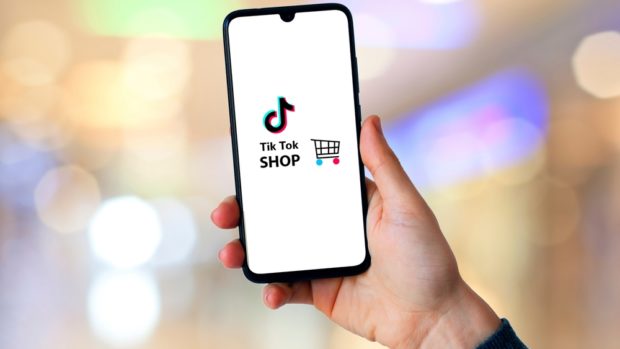You may have seen that ASOS faced a media backlash recently when it incorrectly categorised a pair of size 10 shorts as large.
No wonder girls think theyre fat when a large is a size 10 said one tweet, and there were many more that took a similar tone. YouGov claimed that the ASOS buzz score which measures whether someone has heard something positive about a brand over the previous
two weeks fell from three to zero in the period surrounding the incident. The company also suffered a drop from 22 to 16 in the measure of those that would consider using the brand.
From a crisis management perspective, ASOS acted very swiftly and efficiently, quickly admitting the mistake and rectifying it on the website.
Alls well that ends well then? Well, not quite. Sizing is a sensitive issue, with just a small error ASOS opened a controversial can of worms and as weve seen on social media time and time again, customers dont complain quietly anymore about anything! Their expectations of the online experience are extremely high. Make even the tiniest slip up wrong colours, lengths, descriptions and retailers face a barrage of criticism and lost sales.
ASOS put the sizing error down to a technical glitch and its true that big B2C e-retailers face a massive task, managing an ever-increasing amount of product information across multiple channels and regions. Added to this, theyre under pressure to constantly make this product information richer, more compelling and appealing to keep consumers engaged. All without losing control of consistency and accuracy. No mean feat.
Fixing the error is one thing, but what should ASOS be doing to make sure this never happens again? A company that depends so much on information sharing needs a long-term solution to be in place to avoid being let down by technical glitches in the future.
Product Information Management (PIM) tools are the go-to option for increasing the efficiency, control and quality of product information handling. The reason is that these flexible, scalable and preferably SaaS-based solutions enable brands to manage high volumes of in-coming product data feeds and ensure that they can be output across multiple channels in a consistent, accurate and engaging way.
This can all be done with any volume of SKUs, users, locations, number of feeds in or channels out, and any quantity of assets, schemas, classifications or languages. As any huge retailer/ distributor like ASOS will know, managing the data of so many different brand suppliers is an almighty task. Automating the flow of product information coming into the organisation, then through multiple departments and then out to the consumer not only improves efficiency and the final customer experience, but it also reduces any manual process errors along the way that may enable rogue product attributes to slip through the net.
ASOS is a much-loved brand, and this time it wriggled out of the error fairly effectively. But for smaller retailers or those that havent accrued such brand equity or loyalty, what might seem like a small product data error could quickly take on much larger proportions.
Retailers out there who are wondering how they can protect themselves should check in with their technical teams to seem what product information management systems are in place currently, and ensure these are up to date and up to scratch for facing modern eCommerce listing challenges. Getting it right now to avoid backlash later is a crucial investment of time and resource whatever your current size!
By Scott Hanson, Senior Solutions Specialist at Pimberly








Share